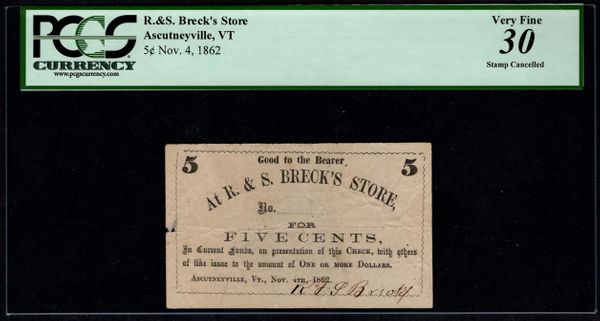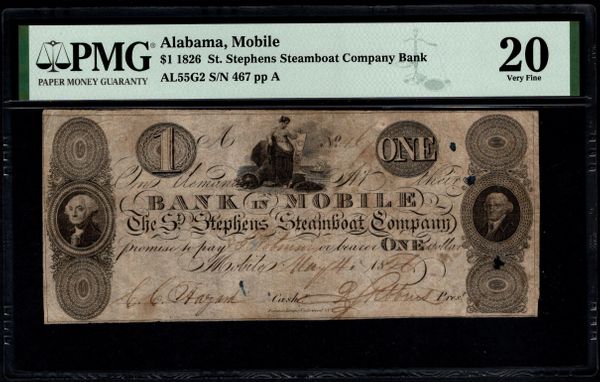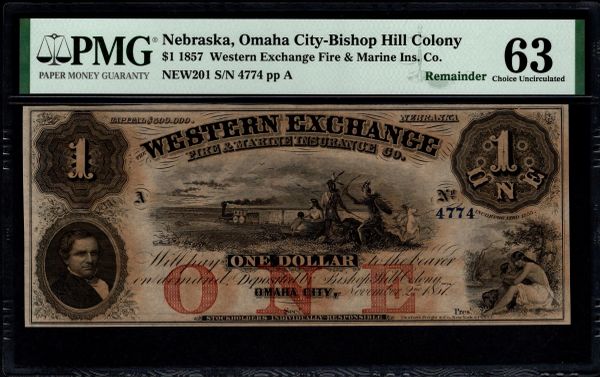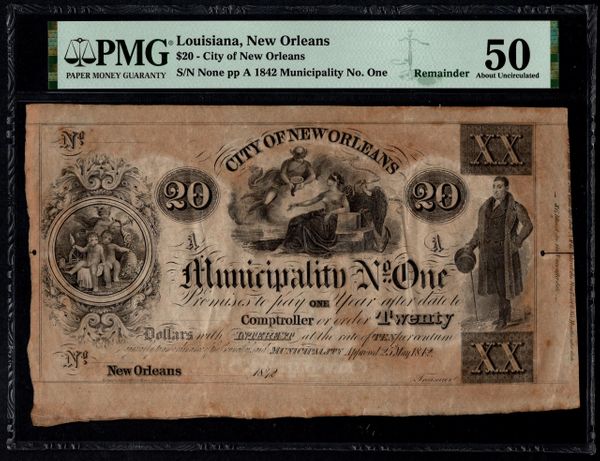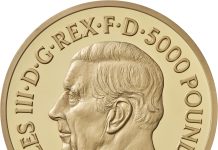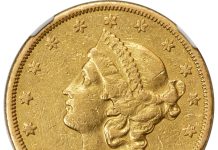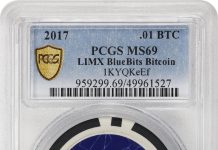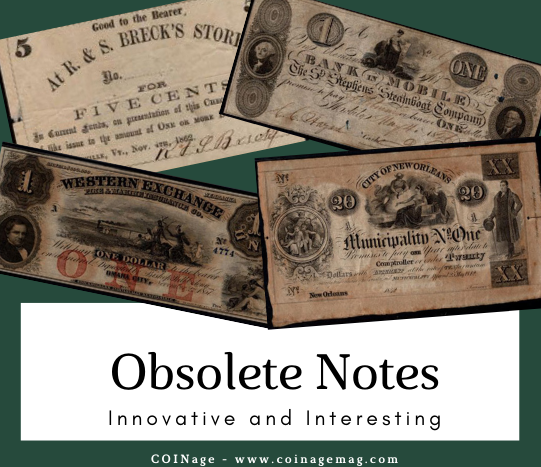
By Antoinette Rahn
Whenever I hear the term “obsolete note,” I’m reminded of a conversation I had with a long-time paper money collector during the American Numismatic Association convention many years ago. This sweet gentleman became incised with frustration over the concept that obsolete meant that any of these notes were no longer useful or in style. Mind you, he was quick to confirm for me that he wouldn’t be going to the convention commissary to purchase a cup of coffee and a Danish with one of his prized notes issued by a railroad that operated in his hometown, but it’s the principle of the thing, he exclaimed.
While I do understand the collector’s point, I like to look at obsolete notes and value them for their antiquity and what I think is a sign of innovation. According to various sources, obsolete notes are currency issued by private banks and business entities (hence railroad notes), local governments, and state governmental bodies during the 18th and mid-19th century, any note printed before issuance of federal currency by the U.S. government. The first batch of Legal Tender Issues rolled off the line in 1861 as part of the Civil War operations. In short order, with the federal government issuing notes, the private and local government-issued currency became obsolete banknotes, according to information obtained from the American Numismatic Society website.
DID YOU KNOW: It’s reported that more than 30,000 varieties of obsolete banknotes were produced during the early 19th century at the height of printing.
However, what happens when the federal government begins issuing a legal tender currency when all other currency types are in use? Well, the passage of legislation, of course.
According to information obtained from the American Numismatic Society website, as part of the National Banking Act of 1863 – a guideline for the country’s new banking system – there would be a tax on all notes that were not issued by the federal government, and regulation of banks would be more extensive than in the past.
Now that we’ve covered a bit about how we ended up with obsolete notes, let’s look at a few.
Although I wasn’t able to find anything about R. & S. Breck’s store in Ascutneyville, Vermont, there is an Ascutneyville Market that is reportedly about as general store charming as one will find these days. It sounds like they are carrying on the tradition of Breck’s.
How cool is this? Currency issued by one of the earliest operating steamboat companies in Alabama. According to the information posted at www.encyclopediaofalabama.org, the St. Stephens Steamboat Company was founded in 1818. However, it seems that by 1861 Cox, Brainard & Company had the steamboat ownership of Alabama on lockdown, so clearly this 1826 $1 note issued by the St. Stephens Steamboat Company Bank is incredibly obsolete and cool!
This one is an interesting specimen. The vignettes themselves are intriguing, and the $1 note is listed as Omaha City-Bishop Hill Colony from 1857, the Western Exchange Fire & Marine Insurance Company. Plus, this note is in choice uncirculated condition.
This note issued by the City of New Orleans Municipality No. One in 1842 certainly draws the eye with the trio of vignettes. I can’t be certain what is taking place in the vignette at the top of the note, but the dapper-dressed gentleman on the right resembles the style and prominence one may think of when considering some of the parishes in New Orleans in the mid-19th century. Plus, $20 wasn’t easy to come by in 1842, and what a story this note may have been able to tell us had traveling dollars been able to speak.
Whether it’s obsolete banknotes from a steamboat company, a general store, a school, or even your hometown, what a fascinating measure of studying history and appreciating the notes that helped build our society’s foundation.
Source: www.numismatics.org

